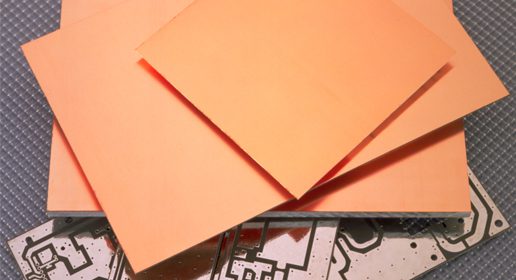Understand the performance and applications of Rogers 6010 and aluminum based high-frequency PCB
In the ever-evolving landscape of electronics, high-frequency printed circuit boards (PCBs) are crucial for enabling advanced communication technologies. Among the materials dominating this sector, Rogers 6010 and aluminum-based substrates stand out for their unique properties and performance capabilities. This article explores the characteristics, advantages, and applications of these materials, shedding light on their significance in modern electronics.

Understanding Rogers 6010
Rogers 6010 is a low-loss laminate material designed specifically for high-frequency applications. It features a dielectric constant (Dk) of approximately 10.2, which makes it suitable for RF (radio frequency) and microwave circuits. One of the key advantages of Rogers 6010 is its excellent thermal stability and low dissipation factor, which is critical for maintaining signal integrity at high frequencies. This stability ensures that the board performs reliably under varying temperature conditions, making it ideal for applications in telecommunications, aerospace, and automotive sectors.
Key Characteristics
- Dielectric Properties: With its high Dk and low loss, Rogers 6010 facilitates faster signal transmission, essential for modern high-speed communication systems.
- Thermal Performance: The material exhibits excellent thermal management properties, reducing the risk of overheating in high-power applications.
- Mechanical Strength: Rogers 6010 boasts superior mechanical properties, providing durability and reliability in challenging environments.
These characteristics make Rogers 6010 a go-to choice for manufacturers seeking high-performance PCBs that can withstand the rigors of high-frequency operation.
Case study of aluminum based high-frequency PCB
Aluminum substrates have emerged as a popular alternative in the PCB industry, especially for high-frequency applications. Unlike traditional FR-4 materials, aluminum offers enhanced thermal conductivity and structural integrity. This attribute is particularly beneficial in applications where heat dissipation is crucial, such as LED lighting and power electronics.
Advantages of Aluminum Substrates
- Superior Thermal Management: Aluminum’s high thermal conductivity allows for efficient heat dissipation, minimizing the risk of component failure due to overheating.
- Lightweight and Cost-Effective: Compared to other metal substrates, aluminum is lightweight and cost-effective, making it an attractive choice for various applications.
- Mechanical Rigidity: Aluminum PCBs provide excellent mechanical stability, ensuring that the components remain securely mounted even under stress.
These properties make aluminum-based PCBs a strong contender for high-frequency applications, especially where thermal performance and weight are of paramount importance.
Applications in Modern Technology
The applications of Rogers 6010 and aluminum-based high-frequency PCBs are diverse, spanning various industries. In telecommunications, Rogers 6010 is frequently utilized in base stations, antennas, and radar systems, where signal integrity and reliability are critical. The material’s ability to maintain performance in high-frequency environments makes it indispensable in these applications.
Conversely, aluminum substrates find their niche in consumer electronics and automotive systems, where efficient heat management is vital. From LED lighting to automotive control systems, aluminum PCBs help ensure optimal performance while enhancing the overall reliability of electronic devices.
Conclusion: Choosing the Right Material
As the demand for high-frequency applications continues to rise, understanding the properties and applications of materials like Rogers 6010 and aluminum substrates becomes increasingly important. While Rogers 6010 excels in terms of dielectric properties and thermal stability, aluminum offers unique advantages in thermal management and mechanical strength.

Selecting the appropriate PCB material hinges on specific application requirements, including frequency range, thermal performance, and environmental conditions. By carefully considering these factors, manufacturers can ensure that they choose the right substrate to meet their needs, paving the way for advancements in technology and improved product performance.
In conclusion, both Rogers 6010 and aluminum-based high-frequency PCBs play pivotal roles in the evolution of electronic devices. Their distinct properties cater to different needs within the industry, enabling innovation and reliability in an increasingly demanding technological landscape. As we continue to push the boundaries of what’s possible, the choice of materials will undoubtedly shape the future of high-frequency electronics.






